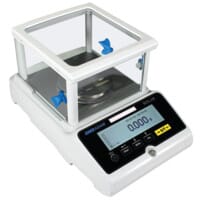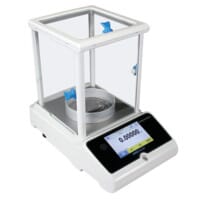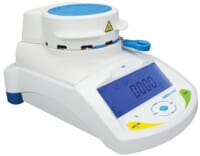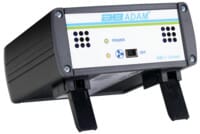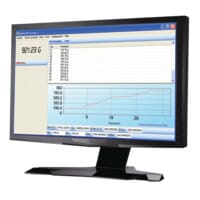
Sample preparation is no simple business when it comes to laboratory weighing. This blog will discuss why proper sample preparation is so important, then provide five tips for getting the job done right.
The Importance of Proper Sample Preparation
It’s easy to think that your balance is solely responsible for providing the best, most accurate and precise results possible. While that’s true to an extent, how accurate the balance is also depends on the way your samples are prepared. Let’s say you need to find the cumulative weight of four apples to obtain an average. If one of those four apples is an orange, it’s not the balance’s fault! The balance only makes the best of what it’s given to work with.

Laboratory weighing is much higher stakes than apples and oranges. In the pharmaceutical industry, for example, formulating medicine requires extremely precise results. In cases like these, thorough sample preparation is crucial. Proper samples help maintain traceability, allowing verification at every level of the process. If your results are verifiable, the credibility of your operation is guaranteed. Traceability is one way to comply with GLP regulations.
Tip 1: Understanding the Weighing Equipment
How you prepare your sample really depends on what kind of balance you’re using.
Precision Balances
Precision balances like our Luna or Solis have larger capacities and less fine readabilities. They’re ideal for weighing larger samples that do not require weights measured past the thousandths.
Analytical and Semi-Micro Balances
Analytical balances such as our Equinox Analytical offer lower capacities with finer readabilities, while our Equinox and Solis Semi-Micro Balances offer very low capacities with extremely fine readabilities. Your sample size must be significantly smaller than if you were working with a precision balance. Due to their high degree of accuracy and precision, the environment comes more heavily into play. Tip 4 will go further into detail.
Moisture Analyzers
Our PMB Moisture Analyzer requires different sample preparation than regular weighing balances. To measure moisture, the sample must be ground as fine as possible, and spread evenly. For samples that can’t be ground, such as liquids or gooey foods like cheese, it may help to mix the sample with 100% moisture-free sand (after taring the sand, of course) so that the sample doesn’t splatter or boil. Make sure you know your material! The PMB’s capacities range from 50g to 200g. Ironically, the larger the sample size, the more accurate the result will be. To learn more, read our Sample Preparation for Moisture Analysis.
Tip 2: Proper Handling and Storage of Samples
Maintaining quality and integrity of samples is of the utmost importance. How you handle and store your sample depends heavily on the type you’re working with. Many samples have specific temperature requirements. Organic material like DNA or bacteria should be kept either refrigerated or frozen, while powders may tolerate ambient temperatures. The temperature the sample is when you weigh it can have an influence on the results, therefore, you must be consistent between samples. If one DNA sample is frozen when it’s weighed and one is room temperature, especially sensitive balances like our semi-micro may pick up on the difference. Not to mention, if your sample is a significantly different temperature than the weighing chamber, it can create air currents that can influence your results.
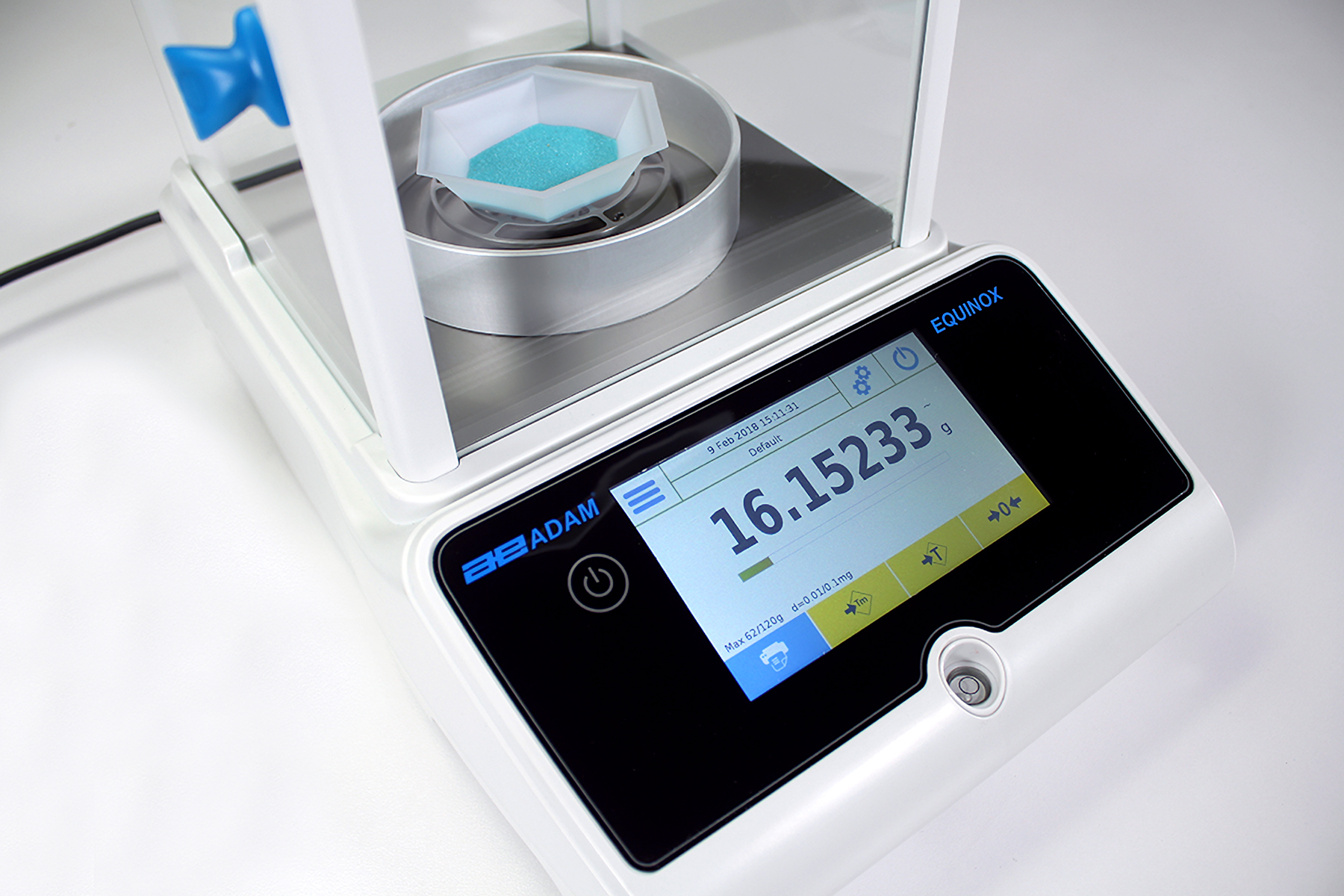
During the weighing process, it’s generally a good idea to weigh your sample in a container of some kind, instead of placing it directly on the pan. Not being able to recover all the sample from the pan afterwards is too high of a risk. An appropriate container can be tared and is unlikely to affect results. When transporting the sample, tweezers are recommended to place the item on and off the pan. This prevents cross contamination.
Tip 3: Sample Homogenization and Size Reduction
Sample homogenization is also very important. Going back to the three apples and one orange example, the reason it wouldn’t be an effective weighing session is because the overall sample isn’t homogenous. Your sample should be completely ‘pure,’ without any disruptions or outliers. This guarantees that your sample represents the whole, reducing errors. Moving on to size reduction, this may involve taking parts from a whole to make the sample easier to weigh. A watermelon is too big to fit on an analytical balance, but a cube from one isn’t!
Tip 4: Minimizing Environmental Influences
The quality of your sample is just as crucial as weighing in the right environment or taking the right precautions. Vibrations, static, drafts, and temperatures in the environment will try their best to make your very sensitive balance go haywire. Drafts, luckily, are mitigated by the addition of draft shields over most analytical and semi-micro balances, as well as many precision balances. Balances may be protected from vibrations with accessories such as our Anti-Vibration Table, and static by our ABI-1 ionizer. Your results should be consistent and reproducible. Using these accessories makes that possible.
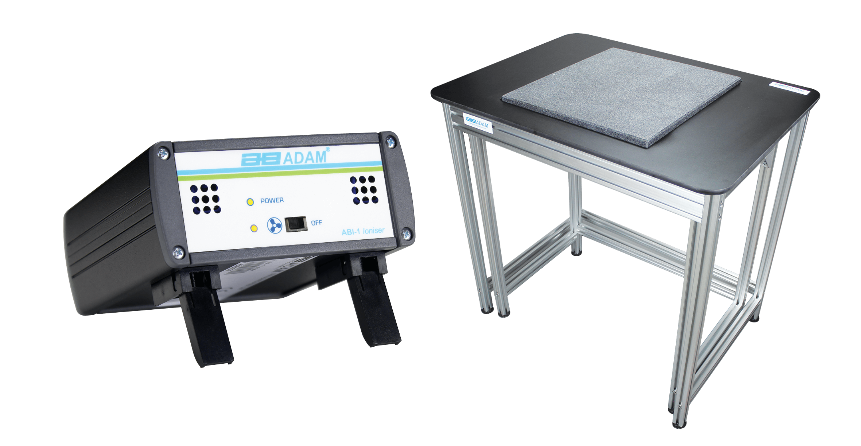
Tip 5: Recording and Documenting Sample Information
If you don’t have a record of it, did it really happen? In the laboratory world where data is everything, as well as GLP guidelines, the answer is a resounding no. Manual record keeping can be subject to human error – one small tpyo or sloppy handwriting can have a butterfly effect. The best way to keep thorough records is by using Adam DU software, which automatically performs statistical analysis for multiple scales at once, not only keeping records but spinning them into workable data as well.
Without proper sample preparation, your weighing results won’t give you the information you’re intending to get. Give your balance a hand and follow these five tips to make sure it has the best shot. For more information or questions about which balance is right for you, contact us.






